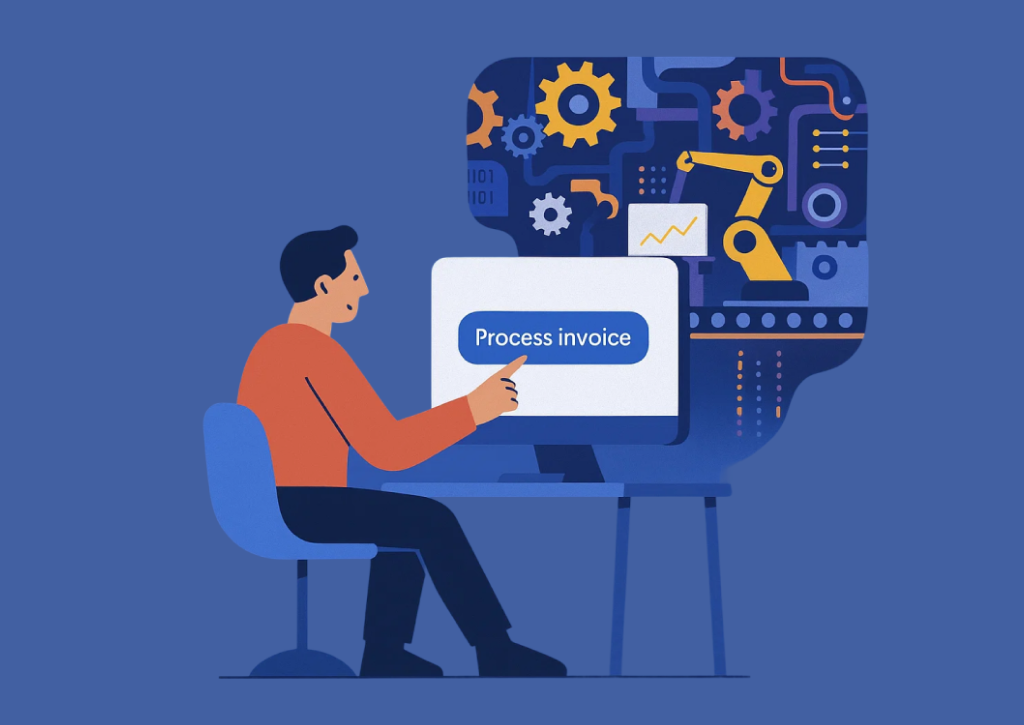In software development, complexity often feels like the enemy — something to be reduced, hidden, or avoided. But in reality, complex areas of a system are often where the deepest knowledge resides. Whenever a development team spends extra time experimenting, debating design options, or struggling to implement a feature, they are effectively conducting research. That research represents value. The challenge is not to eliminate it but to structure it in a way that keeps the system maintainable and cost-efficient.
Transforming Complexity Through Interfaces
Every framework that exists today was once an attempt to tame complexity. Behind each of them was a team that faced the same question: how can we make this easier to reuse, understand, and extend? The answer was to build interfaces — well-defined points of interaction that allow other developers to use the functionality without touching its internal logic.
They protect the rest of the system from the details of how something works, letting other modules depend on what it does instead.

Modularisation as Knowledge Capture
The same principle applies within any custom project. When a team faces a particularly challenging piece of functionality — the kind that demands workarounds, proofs of concept, or deep experimentation — that effort should not be spread across the codebase. Instead, it should be captured, isolated, and exposed through a clean, stable interface. By turning complex logic into a self-contained module, the team effectively embeds knowledge into the system’s architecture. This not only makes the code easier to maintain but also reduces future support costs, because every next developer sees clear boundaries rather than a tangled web of dependencies.
However, in many projects, this encapsulation does not happen automatically. Development teams may know the theory but fail to apply it under delivery pressure. That’s why technical clients — those who define system requirements and architecture — should also understand this concept. A client who knows how to recognise complexity can ask the right questions and insist on the right structure. They can require their vendor to modularise complex components, define stable APIs, and document interfaces clearly enough for future teams to extend the system without diving into its inner mechanics. When this happens, complexity becomes an asset, not a liability. It is contained, documented, and reusable.
A good example of this approach can be seen in how teams handle OCR (optical character recognition) functionality. Imagine a client who wants to extract data from financial documents such as invoices. The development team experiments with different OCR libraries, adjusting configurations and fine-tuning recognition models to detect numerical patterns within scanned tables. Through trial and error, they finally achieve reliable accuracy — but the process has been highly technical and involved. The worst decision now would be to embed that OCR logic directly into the main application. Instead, the team should isolate it as a separate module that knows nothing about invoices, currencies, or tax codes. Its only concern is recognising text and patterns.
Above that sits a domain-level service — a layer that understands what an invoice is, how to extract the right fields, and how to validate the data. Finally, the system provides an API that exposes this behaviour to other parts of the product. This three-layered design hides technical complexity while preserving flexibility. Each layer has a clear responsibility: the OCR library handles recognition, the domain service interprets results, and the API delivers structured data to the system. Maintenance becomes predictable, onboarding becomes faster, and the risk of defects drops dramatically.
Preserving Context for Long-Term Value
Yet even well-structured systems lose something crucial over time — the memory of how and why decisions were made. A future team, encountering a complex algorithm or an unusual pattern, might wonder why things were done this way and assume it could be simplified. Without the original context, simplification can easily reintroduce old problems or defects that the first team had already solved. The documentation that once captured the exploration phase often disappears, stored in personal notes, ticket systems, or forgotten wiki pages. What remains in the code is the what, but rarely the why.
The best way to preserve that knowledge is to embed it directly into the system. Code comments can be helpful for local explanations, but they are insufficient for recording full architectural reasoning. A more sustainable approach is to keep concise design notes — for instance, Markdown files stored alongside the relevant modules in the repository. These documents can describe the journey: what options were considered, what failed, what succeeded, and why certain trade-offs were made. By keeping this information close to the code, teams ensure that knowledge evolves with the product, not apart from it.
When complexity is treated as knowledge, the system stops being a black box of decisions lost in time. It becomes a living archive of reasoning, experiment, and intent. Such systems are easier to support, cheaper to maintain, and far less fragile — not because they are simple, but because their complexity has been mastered, encapsulated, and explained.
About the Author
Oleksii Smirnov, CEO and Software Architect at Software Planet Group, has over 25 years of experience designing and developing software systems for clients across multiple industries, including Fortune-listed enterprises. His architectural philosophy is rooted in simplicity through structure — turning complexity into knowledge, and knowledge into sustainable systems.

